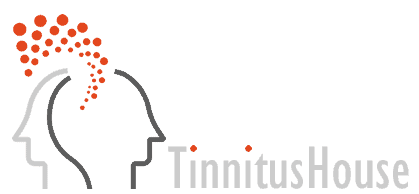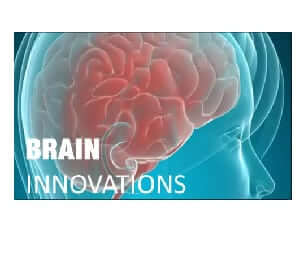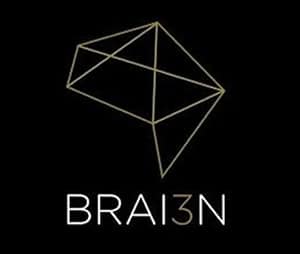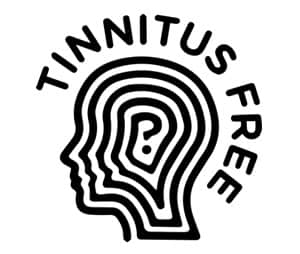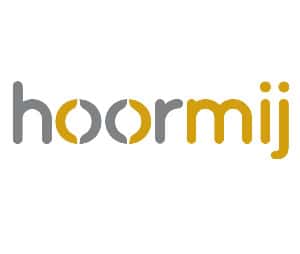
Samen doen waar nog niet aan is gedacht
Prof. de Ridder: “Eind 2019 stond er een artikel in het toonaangevende wetenschappelijke tijdschrift Nature dat zegt: de beste wetenschappelijke vooruitgang wordt bereikt via samenwerking van wetenschappelijke disciplines. Je ziet al wel steeds meer samenwerking tussen kno-arts, audioloog, neuroloog en psychiater. Maar dan start je nog altijd vanuit de gezondheidszorg. TinnitusHouse wil aan de patiënt zelf vragen: wat helpt je? Dan krijg je ‘crowdknowledge’, zoals ook crowdfunding is ontstaan.”
Brede Samenwerking
“Het idee achter TinnitusHouse is een brede samenwerking tussen onderzoekers, medici, therapeuten en hulporganisaties die zich bezighouden met oorsuizen.Participerende organisaties zijn onder andere de TU Delft, Erasmus Universiteit Rotterdam, de Universiteit van Regensburg, Stichting Braininnovations, Stichting Tinnitusfree, Stichting Hoormij en vele individuele patiënten en vrijwilligers.
“Tinnitus House probeert in die brede samenwerking antwoorden te krijgen op alle vragen rond het ontstaan, doormaken, verlichting en genezing van tinnitus.
Bijzonder daarbij is het gebruik van data science: het uit duizenden patiëntgegevens halen van karakteristieke patronen. Als een of twee personen zeggen baat te hebben bij bijvoorbeeld bepaalde medicijnen, is dat geen wetenschappelijk bewijs, maar als in een bestand van duizenden patiënten dit naar voren komt als iets dat vaak werkt, is dat een aanknopingspunt voor een mogelijke genezing of verlichting.
Of, zoals Prof. Dr. Dirk de Ridder het schetst in een interview door Stichting Hoormij:
“Tinnitus House wil graag antwoorden krijgen op vragen als: heeft u last van oorsuizen, wat voor klachten, in welke omgeving, waar heeft u baat bij? Daarmee kunnen we risicofactoren en oplossingen in kaart brengen waar nog niet aan is gedacht. Stel dat honderd mensen zelf aangeven dat – ik noem maar wat – wortelsap werkt, dan is dat reden voor verder onderzoek. Verder kijken naar wat deze mensen gemeen hebben. Is er één iemand bij wie, bij wijze van spreken, gras eten helpt, dan is dat te weinig voor verder onderzoek. We zoeken naar gemene delers om mensen vervolgens tips te kunnen geven die passen bij hun type oorsuizen of omgevingskenmerken.”
Tinnituspanel en Tinnituskamer
Tinnitus House bestaat uit een Tinnituspanel en de Tinnituskamer. Het Tinnituspanel is een grote groep van mensen die op regelmatige basis vragenlijsten invullen.
Vanuit deze vragenlijsten worden gegevens verzameld en met elkaar vergeleken. Zo zullen vragen bijvoorbeeld gaan over de momenten of omstandigheden waarin de aandoening is ontstaan, om een beeld te krijgen van de belangrijkste oorzaken. Tevens zal worden gevraagd naar remedies die door patiënten reeds zijn uitgeprobeerd, om een beeld te krijgen van de algemene effectiviteit ervan. Ook willen we een beeld krijgen van de de verschillende types tinnitus, indien deze daadwerkelijk bestaan. Zo zijn er bijvoorbeeld patiënten die een piep of een ruis horen, maar anderen horen duidelijk stemmen of vogelgeluiden. Het is niet duidelijk of men deze patiënten allemaal over één kam mag scheren en onder de noemer tinnitus mag plaatsen, of dat sprake is van geheel verschillende ziektebeelden.
Uit de antwoorden op de vragen in de vragenlijsten die vanuit het Tinnituspanel worden aangeboden zullen patronen worden afgeleid, die vervolgens verder moeten worden uitgetest. Op deze plaats komt de Tinnituskamer om de hoek.
Lees hier meer over het Tinnituspanel en doe mee!
De Tinnituskamer is een daadwerkelijke, klinische ruimte waarin patiënten worden onderzocht en waarin de meest kanshebbende hypotheses kunnen worden uitgetest. Blijkt bijvoorbeeld uit de vragenlijsten, dat het luisteren naar klassieke muziek een dempend effect heeft op de tinnitus-ervaring, dan kan deze veronderstelling verder wetenschappelijk worden onderzocht in de Tinnituskamer, met de hulp van een voor de tests geselecteerde groep van patiënten.
Het ligt in de bedoeling de Tinnituskamer uit te rusten met een uitgebreid arsenaal aan apparaten en instrumenten om situaties na te bootsen die op de beleving van tinnitus van invloed kunnen zijn.
Doet u mee? Meldt u hier dan aan
